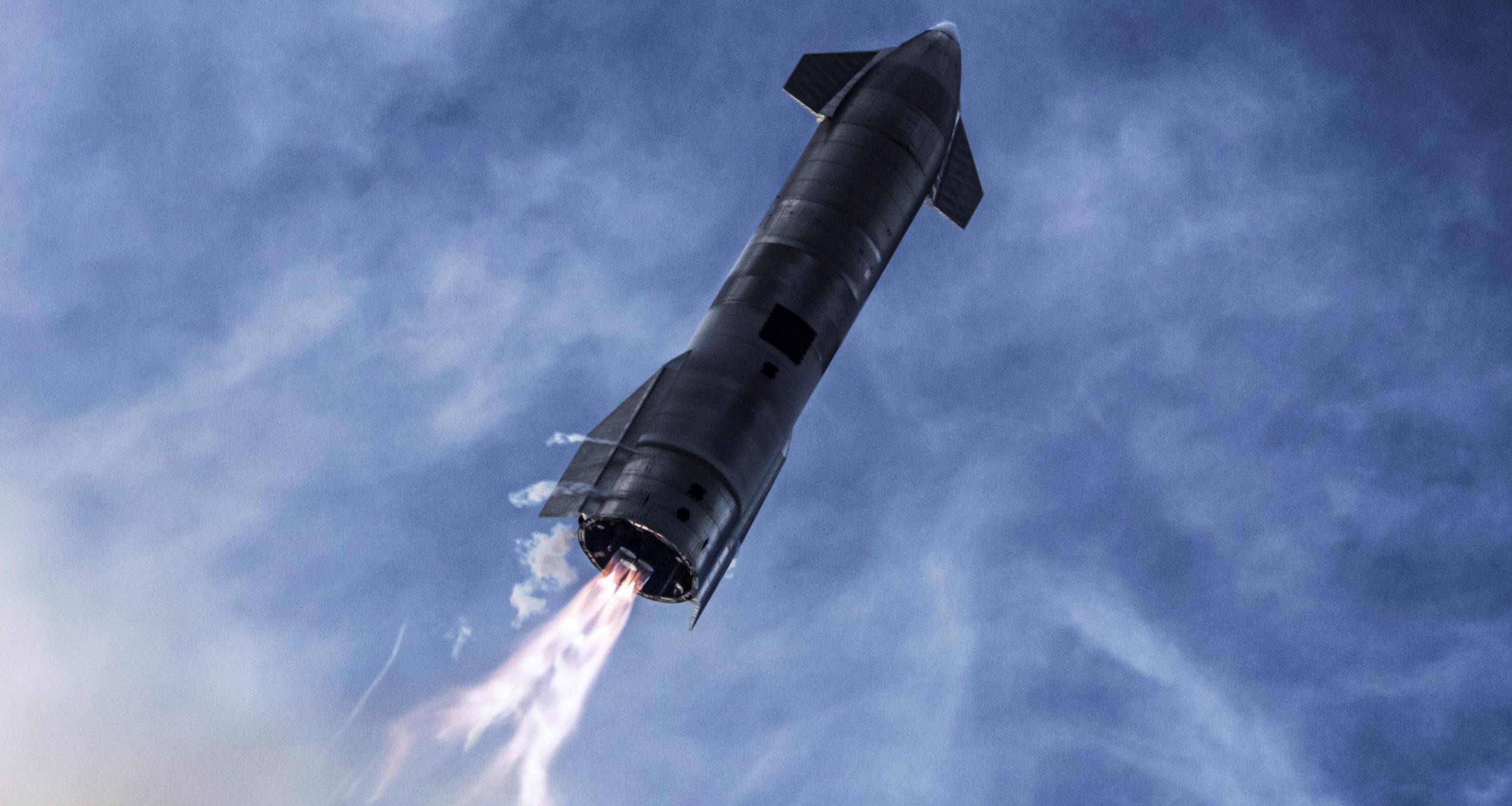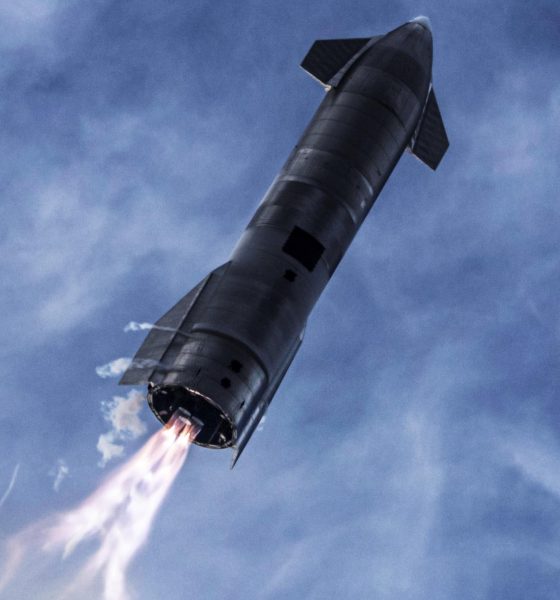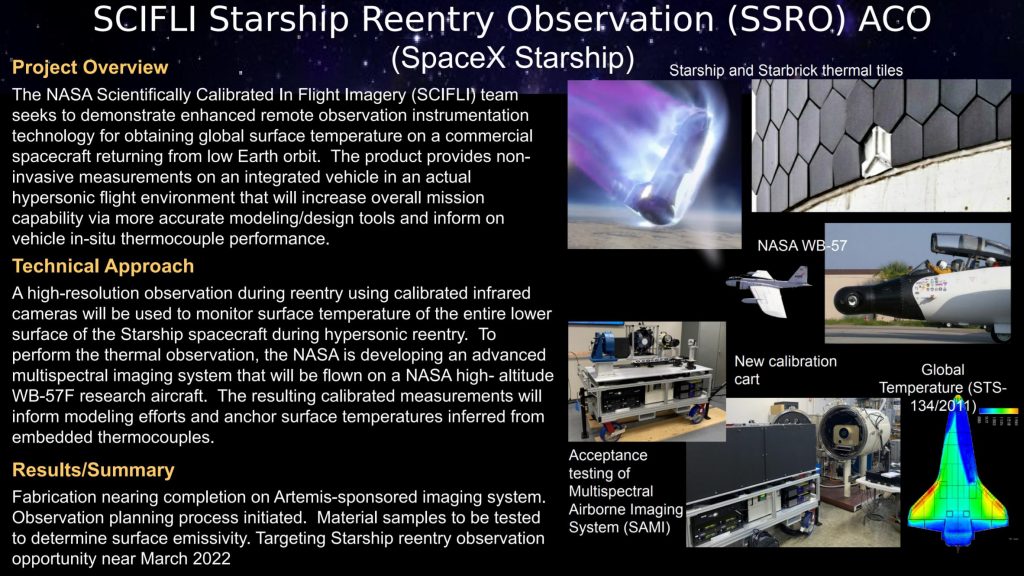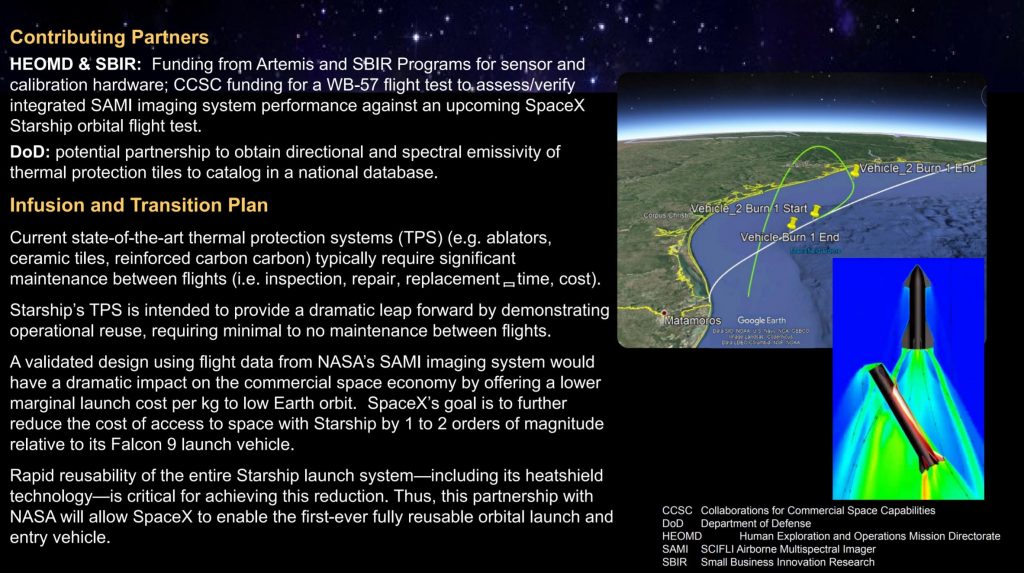

News
SpaceX’s first orbital Starship launch slips to March 2022 in NASA document
A NASA document discussing a group’s plans to document SpaceX’s first orbital-velocity Starship reentry appears to suggest that the next-generation rocket’s orbital launch debut has slipped several months into 2022.
In March 2021, CEO Elon Musk confirmed a report that SpaceX was working towards a target of July 2021 for Starship’s first orbital launch attempt. At the time, it seemed undeniably ambitious but far from impossible. Less than half a year prior, SpaceX had kicked off a series of suborbital Starship test flights to altitudes of 10-12.5 km (6.2-8 mi). Beginning in December 2020, SN8 – effectively the first structurally complete Starship prototype – nearly stuck a landing on its first try, only narrowly falling short due to an engine and pressurization issue.
Less than two months later, SpaceX completed and launched Starship SN9 – again with a nearly flawless six-minute flight capped off with an unsuccessful landing attempt. Starship SN10 followed less than a month later and became the first prototype to land in one piece – albeit only for a few minutes. It was two weeks after that near-success – SpaceX’s third launch in as many months – that Musk revealed a goal of July 2021 for Starship’s first orbital launch. At that point in time, it appeared all but inevitable that SpaceX would be technically ready for an orbital launch before the end of the year.
Two weeks after Musk’s comments and less than four weeks after SN10’s near-miss, Starship SN11 gave one of the worst performances yet, invisibly exploding inside a fogbank well above the ground. However, further stoking the fires of optimism, Starship SN15 debuted a number of upgrades and became the first prototype to successfully launch, land, and survive a ~10km test flight in early May. Put simply, SpaceX built five Starship prototypes practically from scratch in roughly eight months and then completed five test flights in less than five months – all of which were largely successful.
SpaceX considered reusing Starship SN15 or launching SN16 to gain more landing experience but ultimately decided to mothball the prototypes to avoid disrupting orbital launch site construction. Just three months after SN15’s successful landing, SpaceX rolled the first orbital-class Starship and Super Heavy to the orbital launch site and briefly stacked the pair (Ship 20 and Booster 4) to their full height, forming the tallest rocket ever assembled. Although largely a photo opportunity, SpaceX still installed a full 29 Raptors on Super Heavy B4 and six Raptors on Starship S20, further raising confidence that the company’s engine production was already up to the task of supplying the nearly three-dozen needed for a single orbital test flight.
However, for reasons that are less than clear, that August 6th full-stack milestone is about where SpaceX’s H1 2021 momentum appeared to run into a brick wall. Perhaps due to a desire to focus on orbital launch site construction even at the cost of avoiding road closures or testing that would require a clear pad, Starship S20 sat on a stand for the better part of two months before completing even a minor test – by far the longest any Starship prototype has waited.


Seemingly in the midst of its third round of Raptor engine removal, Super Heavy B4 has yet to attempt a single test and it’s unclear how close to ready the orbital pad is to support booster proof and static fire tests. Neither ship nor booster has attempted to static fire its Raptor engines, though S20 could potentially be ready for its first test as early as Monday, October 18th.
Combined with recent developments in the FAA’s Boca Chica environmental review process, the odds of SpaceX attempting the first orbital Starship launch by the end of 2021 have rapidly dropped from decent to near-zero. From a technical perspective, it seems likely that SpaceX could still be ready for an orbital launch attempt just a few months from now. From a regulatory perspective, though, it would be practically unprecedented for the FAA to complete a favorable environmental review and approve even a one-off orbital Starship launch license in ~10 weeks. Even the apparent March 2022 target revealed in a NASA poster focused on the agency’s plans to film an orbital Starship reentry via high-altitude jet assumes that the FAA’s review and licensing process will take ~7 months from August 2021 – still extremely optimistic.
Ultimately, after two months with next to no prototype testing, it’s beginning to look like SpaceX has decided to focus on finishing Starbase’s first orbital launch site, refining vehicle designs, and building new prototypes (B5, S21, S22) rather than pushing hard for rapid B4/S20 testing and an imminent launch attempt. As a result, it’s becoming increasingly unlikely that Booster 4 and Ship 20 will fly as new and improved prototypes like Super Heavy B5 and Starship S21 prepare to overtake them.

News
Tesla FSD fleet is nearing 7 billion total miles, including 2.5 billion city miles
As can be seen on Tesla’s official FSD webpage, vehicles equipped with the system have now navigated over 6.99 billion miles.

Tesla’s Full Self-Driving (Supervised) fleet is closing in on almost 7 billion total miles driven, as per data posted by the company on its official FSD webpage.
These figures hint at the massive scale of data fueling Tesla’s rapid FSD improvements, which have been quite notable as of late.
FSD mileage milestones
As can be seen on Tesla’s official FSD webpage, vehicles equipped with the system have now navigated over 6.99 billion miles. Tesla owner and avid FSD tester Whole Mars Catalog also shared a screenshot indicating that from the nearly 7 billion miles traveled by the FSD fleet, more than 2.5 billion miles were driven inside cities.
City miles are particularly valuable for complex urban scenarios like unprotected turns, pedestrian interactions, and traffic lights. This is also the difference-maker for FSD, as only complex solutions, such as Waymo’s self-driving taxis, operate similarly on inner-city streets. And even then, incidents such as the San Francisco blackouts have proven challenging for sensor-rich vehicles like Waymos.
Tesla’s data edge
Tesla has a number of advantages in the autonomous vehicle sector, one of which is the size of its fleet and the number of vehicles training FSD on real-world roads. Tesla’s nearly 7 billion FSD miles then allow the company to roll out updates that make its vehicles behave like they are being driven by experienced drivers, even if they are operating on their own.
So notable are Tesla’s improvements to FSD that NVIDIA Director of Robotics Jim Fan, after experiencing FSD v14, noted that the system is the first AI that passes what he described as a “Physical Turing Test.”
“Despite knowing exactly how robot learning works, I still find it magical watching the steering wheel turn by itself. First it feels surreal, next it becomes routine. Then, like the smartphone, taking it away actively hurts. This is how humanity gets rewired and glued to god-like technologies,” Fan wrote in a post on X.
News
Tesla starts showing how FSD will change lives in Europe
Local officials tested the system on narrow country roads and were impressed by FSD’s smooth, human-like driving, with some calling the service a game-changer for everyday life in areas that are far from urban centers.

Tesla has launched Europe’s first public shuttle service using Full Self-Driving (Supervised) in the rural Eifelkreis Bitburg-Prüm region of Germany, demonstrating how the technology can restore independence and mobility for people who struggle with limited transport options.
Local officials tested the system on narrow country roads and were impressed by FSD’s smooth, human-like driving, with some calling the service a game-changer for everyday life in areas that are far from urban centers.
Officials see real impact on rural residents
Arzfeld Mayor Johannes Kuhl and District Administrator Andreas Kruppert personally tested the Tesla shuttle service. This allowed them to see just how well FSD navigated winding lanes and rural roads confidently. Kruppert said, “Autonomous driving sounds like science fiction to many, but we simply see here that it works totally well in rural regions too.” Kuhl, for his part, also noted that FSD “feels like a very experienced driver.”
The pilot complements the area’s “Citizen Bus” program, which provides on-demand rides for elderly residents who can no longer drive themselves. Tesla Europe shared a video of a demonstration of the service, highlighting how FSD gives people their freedom back, even in places where public transport is not as prevalent.
What the Ministry for Economic Affairs and Transport says
Rhineland-Palatinate’s Minister Daniela Schmitt supported the project, praising the collaboration that made this “first of its kind in Europe” possible. As per the ministry, the rural rollout for the service shows FSD’s potential beyond major cities, and it delivers tangible benefits like grocery runs, doctor visits, and social connections for isolated residents.
“Reliable and flexible mobility is especially vital in rural areas. With the launch of a shuttle service using self-driving vehicles (FSD supervised) by Tesla in the Eifelkreis Bitburg-Prüm, an innovative pilot project is now getting underway that complements local community bus services. It is the first project of its kind in Europe.
“The result is a real gain for rural mobility: greater accessibility, more flexibility and tangible benefits for everyday life. A strong signal for innovation, cooperation and future-oriented mobility beyond urban centers,” the ministry wrote in a LinkedIn post.
News
Tesla China quietly posts Robotaxi-related job listing
Tesla China is currently seeking a Low Voltage Electrical Engineer to work on circuit board design for the company’s autonomous vehicles.

Tesla has posted a new job listing in Shanghai explicitly tied to its Robotaxi program, fueling speculation that the company is preparing to launch its dedicated autonomous ride-hailing service in China.
As noted in the listing, Tesla China is currently seeking a Low Voltage Electrical Engineer to work on circuit board design for the company’s autonomous vehicles.
Robotaxi-specific role
The listing, which was shared on social media platform X by industry watcher @tslaming, suggested that Tesla China is looking to fill the role urgently. The job listing itself specifically mentions that the person hired for the role will be working on the Low Voltage Hardware team, which would design the circuit boards that would serve as the nervous system of the Robotaxi.
Key tasks for the role, as indicated in the job listing, include collaboration with PCB layout, firmware, mechanical, program management, and validation teams, among other responsibilities. The role is based in Shanghai.
China Robotaxi launch
China represents a massive potential market for robotaxis, with its dense urban centers and supportive policies in select cities. Tesla has limited permission to roll out FSD in the country, though despite this, its vehicles have been hailed as among the best in the market when it comes to autonomous features. So far, at least, it appears that China supports Tesla’s FSD and Robotaxi rollout.
This was hinted at in November, when Tesla brought the Cybercab to the 8th China International Import Expo (CIIE) in Shanghai, marking the first time that the autonomous two-seater was brought to the Asia-Pacific region. The vehicle, despite not having a release date in China, received a significant amount of interest among the event’s attendees.








